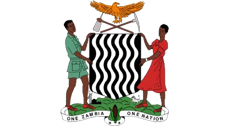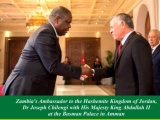ormerly called Northern Rhodesia as an integral part of Cecil Rhodes’ Cape to Cairo vision, Zambia is in fact steeped in history dating all the way back to the African Stone Age. However, in many ways the famous Scottish missionary David Livingstone put the country on the European map as he came to the shores of Lake Tanganyika in search of the source of the Nile in the early 19th century.
Whilst Zambia is now one of Africa’s most urbanised countries, much of the country remains wild, underdeveloped and unspoilt, with a great percentage of land allocated by the government to conservation projects, national parks and game management areas. Many of these parks are home to incredible numbers of Africa’s most-feted wild mammals and extraordinary birdlife.
Zambia’s remaining open rural areas are, for the most part, rich and fertile, with Zambia’s consistently warm tropical climate made less oppressive by the altitude of many parts of the country. One of the most water rich countries in Africa, Zambia has 5 vast lakes, 3 major rivers, 17 waterfalls and various wetland areas. .
Many of Zambia’s 72 ethnic groups still inhabit these rural areas, relying on subsistence farming to get by.
Zambia is one of the fastest growing economies on the African continent and tourism is crucial to the country’s on-going development.








